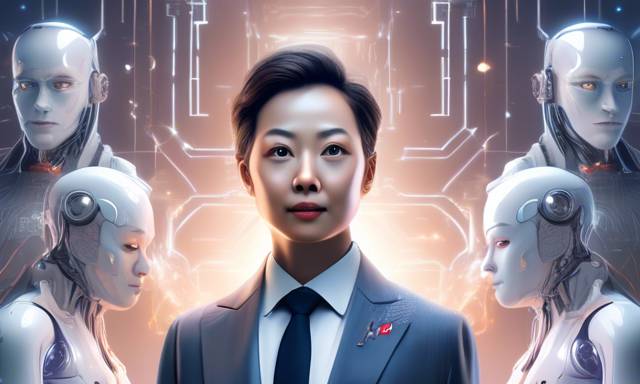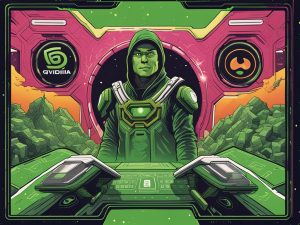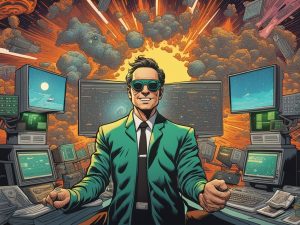Exploring NVIDIA’s Role in Advancing Physical AI 🤖
NVIDIA is making significant strides in the integration of artificial intelligence into physical environments. With the implementation of a groundbreaking three-computer setup, NVIDIA’s technology is poised to enhance training, simulation, and inference capabilities in industries such as manufacturing and robotics. This year, the focus on physical AI promises transformative developments across various sectors, enabling robots to better perceive and interact with their surroundings.
The Emergence of Multimodal Physical AI 🌍
The evolution of artificial intelligence has come a long way since the launch of AlexNet in 2012. AI has shifted from basic image recognition to an advanced model where machine learning operates on powerful GPUs. Current advancements are now set to extend these intelligent systems into three-dimensional spaces, helping robots gain a more nuanced understanding of their environments.
Unlike traditional digital AI, physical AI pertains to systems that utilize intelligence within tangible entities, such as humanoid robots and industrial setups. The transition from rigid to adaptive systems is expected to revolutionize key industries, including transportation and manufacturing, offering new levels of efficiency and functionality.
Humanoid Robots: The Next Major Development ⦿
Humanoid robots, designed to seamlessly fit into human environments, are projected to dominate the robotics sector, with estimates suggesting the market could reach $38 billion by 2035. This expected growth is propelled by global initiatives aimed at creating robots capable of functioning effectively across various environments with minimal reconfiguration.
NVIDIA is bolstering these advancements through platforms that integrate multimodal models with scalable simulations. This combination allows for the development of robotic skills in virtual settings, preparing them for practical applications in the field.
NVIDIA’s Three-Computer Framework for Physical AI 💻
The architecture developed by NVIDIA is comprised of three core components: supercomputers dedicated to training AI models, NVIDIA Omniverse for simulation and development, and NVIDIA Jetson Thor for real-time deployment. Each of these elements plays a vital role in crafting robots that can perform complex tasks, such as 3D vision and autonomous navigation.
Through this setup, simulation and testing processes are streamlined, helping to minimize the cost and risks typically associated with gathering physical data. Implementing AI models on edge computing systems allows for efficient on-site data processing in autonomous robots, enhancing their operational effectiveness.
Transforming Autonomous Facilities for the Future 🚧
Industries like manufacturing and logistics stand to gain significantly from these advancements. Leading entities such as Foxconn and Amazon Robotics are at the forefront of this change, employing digital twins to improve planning and optimization within their operations.
The digital twin concept, established on NVIDIA’s Omniverse, enables thorough simulations and validations of robotic systems. This approach assists businesses in identifying and addressing potential challenges prior to actual implementation, ensuring smoother operational transitions.
Empowering Innovation Among Developers with NVIDIA Tech 🛠️
NVIDIA’s innovative technologies provide powerful tools for developers and robotic companies, allowing them to create cutting-edge AI applications and accelerate the rollout of advanced robotic solutions. Notable organizations like Universal Robots and Boston Dynamics are capitalizing on NVIDIA’s platforms to enhance their robotic offerings.
As the landscape of physical AI continues to evolve, NVIDIA’s three-computer solution is a driving force behind this significant shift. The advances being made through this technology pave the way for a new generation of intelligent, capable machines equipped to meet industry demands.
Hot Take: The Future of AI is Physical 🌟
The continued development of physical AI technology, especially through NVIDIA’s innovative systems, highlights a pivotal shift in how artificial intelligence will operate in the real world. As humanoid robots and autonomous systems become more prevalent, expect to see unprecedented transformations across various industries, making this year a landmark period for AI development.





 By
By
 By
By
 By
By

 By
By